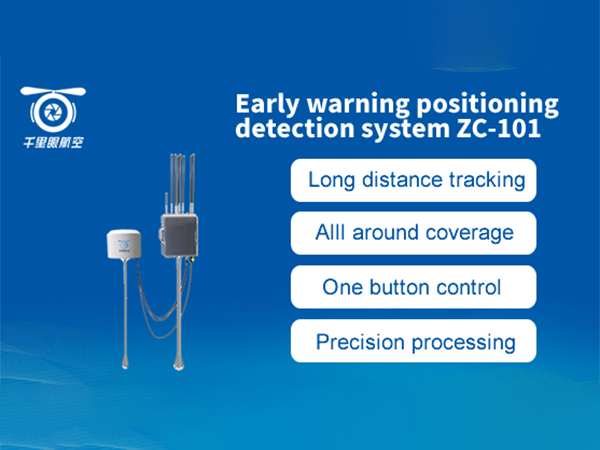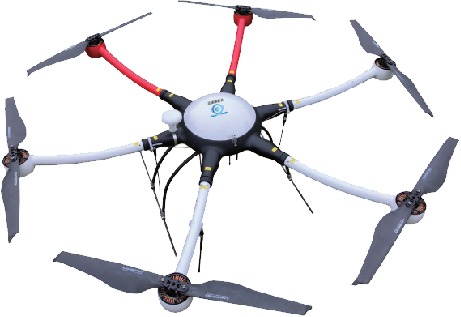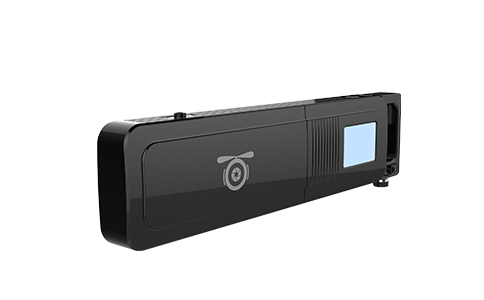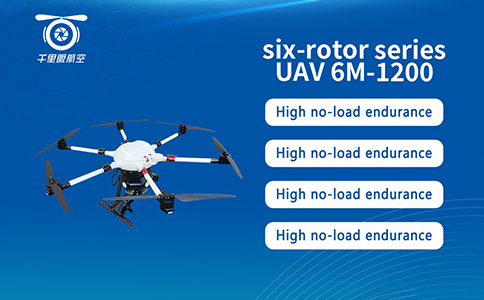Technical analysis of anti-UAV systems
- 2024-05-07
- 290
- Clairvoyant Aviation Technologies INC.(NANJING,CHINA)
In recent years, through the continuous efforts of many drone companies,
the price of consumer drones with powerful functions has been continuously
reduced, and the simplicity of operation has been continuously improved, and
drones are rapidly transferring from cutting-edge equipment to the mass market
and becoming toys in the hands of ordinary people.
However, with the rapid growth of the consumer drone market, the emergence of new drones with increasingly advanced functions has also brought security and privacy concerns. There have been scares about amateur drone operators flying drones into the White House; There have also been incidents in Europe where criminals delivered drugs and guns to prisoners in prisons through drones. As the negative effects of drones gradually emerge, the corresponding anti-drone industry is quietly rising.
Anti-drone key technology
At present, anti-drone technologies in various countries are mainly divided into three categories. One is interference blocking class, mainly through signal interference, acoustic interference and other technologies to achieve. The second is the direct destruction class, including the use of laser weapons, counter drones with drones and so on. The third is monitoring and control, mainly through hijacking radio control and other ways to achieve. The second type of technology is mainly used in the field of border defense, and the first type and the third type of anti-UAV technology are discussed below.
Signal interference
At present, the control of the UAV mostly uses radio communication technology, by sending high-power interference signals to the target UAV, the control signal is suppressed, and the UAV can be forced to land or return by itself.

gps spoofing
The main principle of gps spoofing is to send false geographical location coordinates to the control system of the drone, thereby controlling the navigation system and inducing the drone to fly to the wrong place. gps signals can be generated by a generator or prerecorded and replayed. Since the gps signal received by the UAV is always subject to the signal source with the strongest signal, the man-made gps signal on the ground can cover the real gps signal from space as long as the strength is large enough, thereby deceiving the gps receiving module of the UAV.
Radio hijacking
At present, the control signals used by drones are mostly in the conventional civilian frequency bands such as 1.2ghz, 2.4ghz, and 5.8ghz, and with the rapid development of open source hardware such as arduino and Raspberry PI and the popularity of software radio (sdr) technology, Ordinary enthusiasts can also use the hardware bought from the network and the software source code obtained from the forum to simulate the remote control to send control signals to the drone, and overwrite the signal of the real remote control, so as to obtain the control of the drone.
Hacking technique
Many drones interact directly with wifi in order to make it easier for users to use mobile devices such as phones and tablets to operate them. In this way, some hacking techniques that are already well-established on the Internet can be directly applied to drones. For example, through the open port in the UAV control system or password guessing and other means, enter the control system to achieve the control of the UAV.
Uav detection technology
The detection of UAV is an important pre-step of anti-UAV system, mainly through radar, acoustics, optics and other means to detect UAV. Radar detection has the advantages of long distance, all-weather and all-round, but the radar scattering cross-sectional area of small UAV is small, and the detection is difficult. Acoustic detection is carried out by monitoring the engine or propeller sound of the UAV, but it is affected by environmental noise and the type of UAV, and the reliability is low. Optical detection is mainly detected by visible light and infrared cameras, but it is greatly affected by weather and lighting conditions.
Drone tracking technology
Uav tracking technology is the guarantee of continuous tracking of the detected UAV, which mainly relies on high-performance sensors and data processing capabilities. Tracking technology can be divided into two categories: image tracking and radio tracking. Image tracking is to identify and track the visual characteristics of the UAV through the image recognition algorithm, while radio tracking is to track the navigation or control signals of the UAV.
Drone interception technology
The interception of UAV is the operation to prevent the normal flight of UAV after detection and tracking, which can be realized by physical interception and radio interference. Physical interception is the direct collision or capture of the drone, while radio interference is the interference of the drone's navigation or control signals, causing it to lose control or crash land.
Uav communication jamming technology
The communication jamming technology of UAV is a technology that interferes with the control signal of UAV to make it lose control or make it crash land. Communication interference can be divided into two categories: uplink interference and downlink interference. Uplink interference interferes with the communication between the UAV and the remote control, and downlink interference interferes with the communication between the UAV and the ground station.
Uav identification and classification technology
Uav identification and classification technology is a technology to identify the type and model of the UAV, which can be realized by analyzing the flight characteristics, sound characteristics, communication protocols and other information of the UAV. Through identification and classification technology, different countermeasures can be better taken against different types of UAVs.
At present, the domestic anti-UAV technology is still in the groping stage, radio hijacking technology is difficult to achieve because of the encryption of radio signals by various UAV manufacturers, and hacking technology is not easy to commercialize due to a high threshold, so the current technology is mainly based on interference blocking.












 Home
Home Product
Product Information
Information Calling
Calling